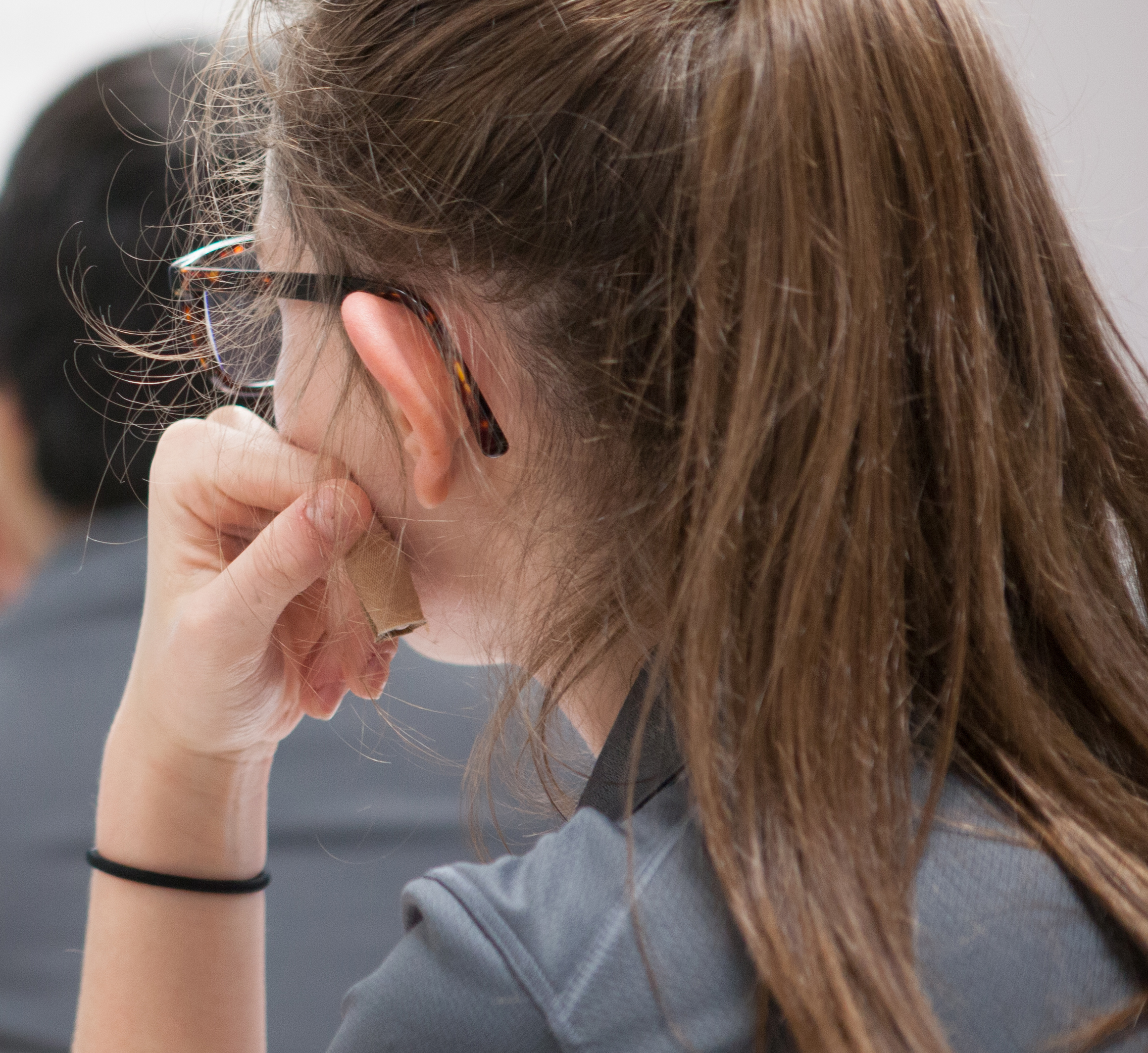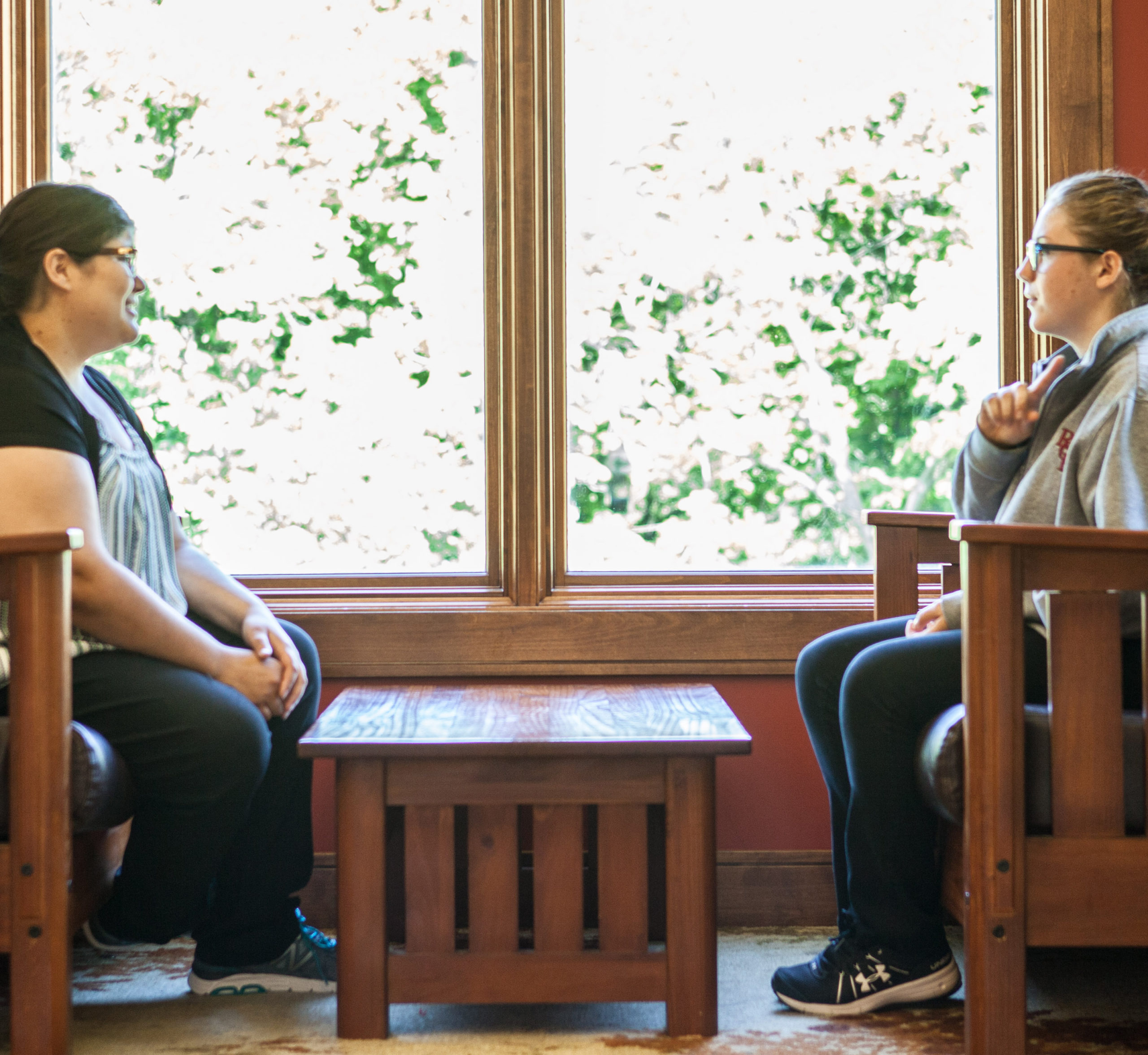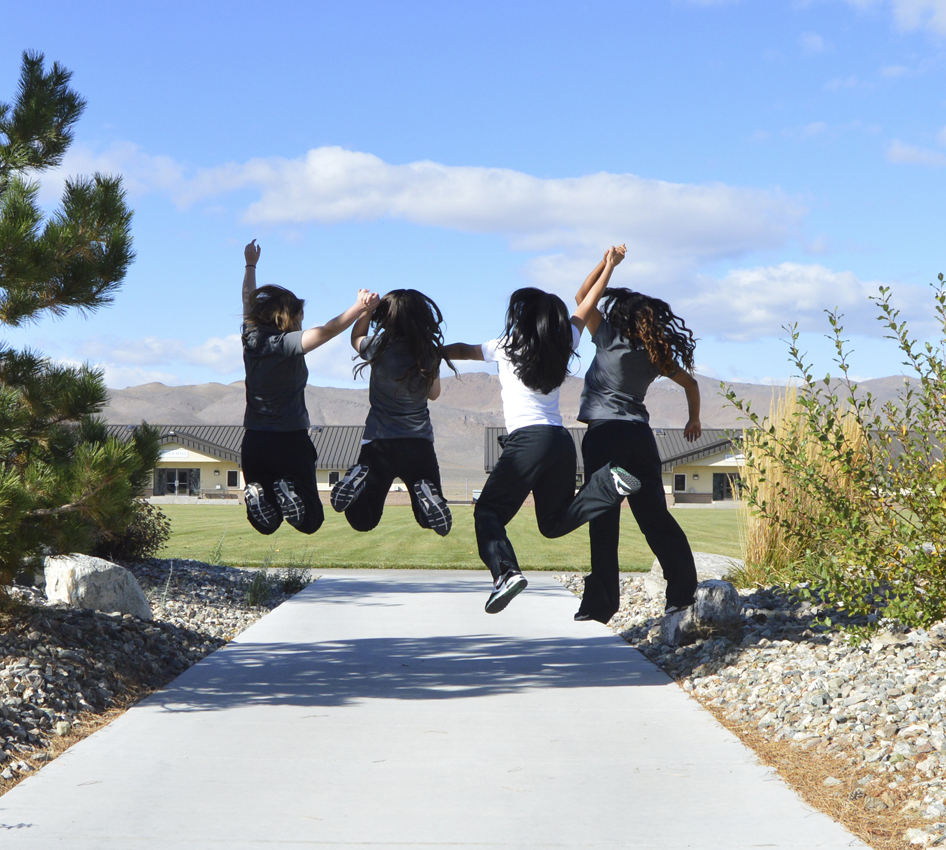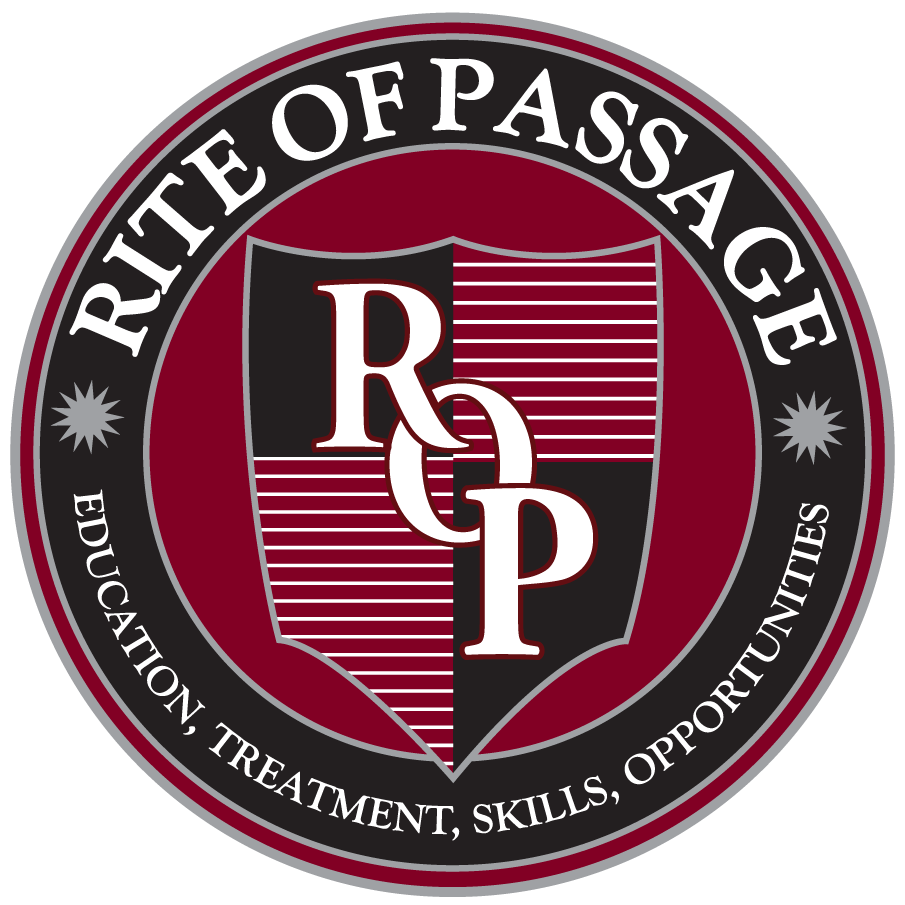Exploitation Services
Sierra Sage Treatment Center
CSEC Programs & Services
Human trafficking is the fastest growing global crime – a fact cited by multiple sources including the U.S. Department of Justice. The prevalence of human trafficking has challenged national, state and local agencies to implement effective prevention and protection programs and strategies targeting victim healing and recovery. This challenge is considerable. Victims of trafficking and commercial sexual exploitation often have serious and complicated mental health needs caused by their traumatic experiences. Victims present with psychological issues including emotional problems, impulse control, conduct disorder, anxiety, fear and depression. In addition, forced or coerced use of drugs and alcohol is frequent in sex trafficking.
As a response to the multiple needs of sexually trafficked and exploited youth, Sierra Sage Treatment Center (SSTC) has implemented targeted services and curriculum utilizing a survivor-centered, strengths-based, and trauma-focused approach. As CSEC treatment literature and research emerges, Sierra Sage Treatment Center implements relevant practices into its service delivery model. As a result, our programming offers a comprehensive array of services, lead by highly qualified clinical staff and practitioners.

Our Comprehensive Approach to Care
- Emphasis on emotional and physical safety
- Strengths-based and trauma-informed programming and services
- Prescriptive and holistic individualized plans
- Collaborative, multidisciplinary approach
- Trauma-focused cognitive behavioral therapy
- Year-round, accredited and on-site high school education
- On-site vocational pathways and life skills training
- Access to on-site clinic to treat young women and educate them about their health and their bodies
- Positive relationships with trustworthy adults who are empathetic mentors and counselors
- Youth empowerment and healing
- Transition and safety planning
- Post-secondary college funding through Passageway Scholarship Foundation
Creating a Foundation of Safety
Mental health services at Sierra Sage Treatment Center are provided within the Integrated Care Model™ framework embracing the concept that to be most effective, treatment needs to occur within a trauma-informed environment and within safe and trusting relationships.
Youth with complex and developmental trauma struggle with distorted perceptions of information resulting in difficulty in distinguishing between danger a safety. Problem behaviors must be viewed in the context of trauma response. Qualified and caring staff will deliver strengths-based, cognitive-behavioral approaches guided by evidence-based principles.
The clinical team is comprised of a board-certified psychiatrist, adolescent psychologist and masters-level therapists. In addition, the direct care staff are trained on trauma-informed principles, and each young woman graduates the program with a realistic aftercare plan focused on life-long safety and harm-reduction.


Assessments & Treatment Planning
To maximize program effectiveness, SSTC relies an integrated assessment, case planning, and service coordination. Treatment planning includes a spectrum of services and supports across multiple domains, including: Readiness for Change; Prior Trauma, Healthy Relationships, Education/Vocation Skills and Safety. The Treatment Plan includes treatment goals as well as the type, frequency and duration of interventions, which will include cognitive-behavioral groups and individual therapy with the use of trauma-informed principles.
- Physical assessment including Sexually Transmitted Diseases (STDs)
- Mental health assessment, including the MAYSI (Mental Health), TSCC (Trauma), SASSI-A2 (Substance Use), and SAVRY (Violence)
- Educational assessment (STAR and MAP)
- Multidisciplinary approach to treatment planning as well involvement of the young woman in decision-making for her own services.
Developing & Practicing Skills
The Integrated Care Model™ allows for a holistic and integrative environment that enables sexually trafficked youth to develop resiliency and practice skills across multiple program elements including therapy, education, vocation, health/wellness, family and community activities. Mental health service provision includes individual therapy, group therapy, psycho-educational groups and social skills training.
Daily activities include normalized activities that further support well-being and improved quality of life, such as: art, music, recreation, athletics, academics, spiritual and cultural activities, and civic involvement.
CSEC services and programming include:
- Trauma Focused Cognitive Behavioral Therapy is an evidence-based framework for individual therapy which is evidence based for survivors of sexual abuse.
- Dialectical Behavioral Therapy is for adolescents who have difficulty managing emotions or who display self-harm or suicidal ideation (Linehan 1993).
- Seeking Safety: A Treatment Manual for PTSD and Substance Abuse, 1st Edition (Najavits 2002), is an integrative treatment approach developed for youth presenting with traumatic stress and/or substance use disorders.
- Thinking for a Change (Bush, Glick and Taymans 2011) is cognitive-behavioral group that identifies cognitive distortions/thinking errors and increases pro-social, attitudes and beliefs among participants.
- iEmpathize – is a five session introduction to CSEC. The iEmpathize content addresses issues of child exploitation without sensationalizing the concepts.
- ROP CSEC Curriculum (2019) is an evidence-based processing group led by a qualified and licensed therapist to assist youth in increasing skills in the areas of emotion regulation, mindfulness, distress tolerance and interpersonal effectiveness.
- Aggression Replacement Training, 3rd Edition (Glick and Gibbs 2010) curricula includes: Social Skills Training, Anger Control Training and Moral Reasoning.
- Cognitive Behavioral Intervention for Substance Abuse (University of Cincinnati, 2012). This curriculum follows current research and best practices in substance abuse programming and is designed for adolescents that are moderate to high need in the area of substance abuse.
- Positive Skill Development Groups are developed from The Prepare Curriculum (Goldstein 1999) and targets social and thinking skills. Youth are guided through learning activities in which they rehearse, practice and role-play skills. Discussion on skill application reinforces the new knowledge.
- Student Resource Guides© (Rite of Passage, Inc. 2012). ROP created an eight-concept series called the Student Resource Guides which incorporate gender-specific, evidence-based practices and reinforce learning through guided practice, journaling and critical thinking activities.
- Mindfulness is the balance of mind-body skills, including yoga, dance and meditation, has a demonstrated positive effect on reducing the symptoms of PTSD, anger, quality of sleep, depression and anxiety.
- Animal-Assisted Therapy is provided with certified therapy dogs, and improves the student’s mental, physical, social and emotional functioning. Emerging research has shown positive outcomes associated with this intervention, including a reduction in depression, PTSD symptoms, and anxiety.
Goal Attainment
Individualized interventions are monitored for each youth through Daily Progress Notes (DPN), which are transcribed by the Group Living Counselors, with feedback from the Therapeutic Managers and other departments. The DPNs are evidence that the youth is practicing the pro-social skills learned in the cognitive behavioral groups and is making gains toward treatment goals.
I-ACHIEVE: All goals, including treatment, are celebrated during I-ACHIEVE graduation ceremonies. Culminating at the graduation ceremony, the I-ACHIEVE portfolio goals, including treatment progress are recognized. The ceremony, attended by family and community members, showcases the young woman’s growth and achievements.
Transition Plan: Each young woman’s Transition Plan is individually prescribed to support her in leading a safe and successful life upon returning to the community. Youth are encouraged to plan for safety and harm reduction to reduce chances for re-entry into trafficking.

